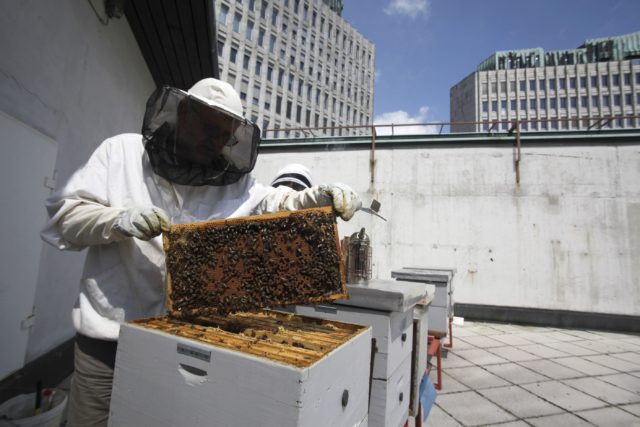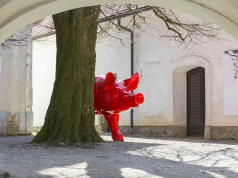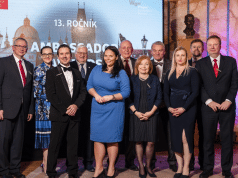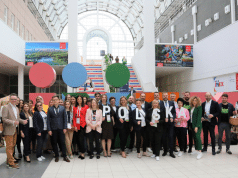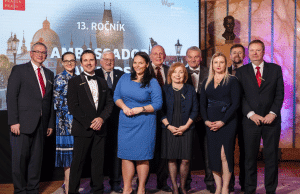In recent years Ljubljana, the Slovenian capital, has developed greatly and experienced an amazing growth in tourism. Yet along with all of that the city hasn’t overlooked its obligation to the environment and culture, and it has in fact also promoted activities and locations focussed on these criteria. One of the oldest Slovenian activities is beekeeping and Slovenia is promoting the role of its protected native Carniolan honey bee, as well as the honey and honey products that have culminated in Slovenia’s efforts to have the UN declare 20 May ‘World Honey Bee Day’.
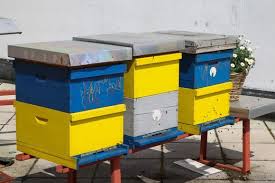
Beekeeping in Slovenia is a signal of concern for the environment and nature preservation, and CD Congress Centre Ljubljana, the biggest Slovenian congress centre, recongized this some time ago. With urban beekeping on their terrace they are extremely proud on being the pioneer of this kind of Slovenian initiative. Slovenia is extremely proud of its Urban Beekeeper Society, operating since 2014 to bring together beekeepers in Ljubljana. The society was founded with the purpose of spreading recognition, enforcement of beekeeping in urban areas and to raise public awareness about the importance of urban beekeeping.
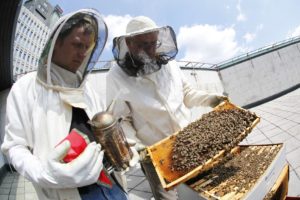
The initiative for urban beekeeping at CD was conceived in the spring of 2011 by Franc Petrovčič, their associate, who was engaged in beekeeping and the production of natural honey in his free time. The idea of the city’s beekeeping and the installation of hives on the roof was greeted enthusiastically and since 2011 three families of Carniolan bees have been buzzing about in the huts on one of the third floor terraces of the CD Congress Centre Ljubljana.
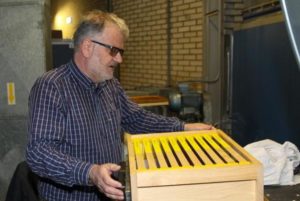
In 2003, CD Congress Centre Ljubljana hosted the World Congress of Beekeepers, Apimondia, and that’s when I decided to become a beekeeper,« said Franc Petrovčič. »I had some knowledge from my youth, but I upgraded it with various training sessions. An article on bees on the Paris Opera roof came to my attention, which seemed completely impossible to me. Nevertheless, I decided to try it myself, and in 2011 we set the first three hives on the roof.«
»I am delighted that the pioneering work that we started years ago with colleague David Golobin shows success and an analysis of our honey was an integral part of Ljubljana’s candidacy for Green Capital. Two years ago the city also formed the bee path through Ljubljana, which links points with bees and honey plants, starting at the Ljubljana Botanical Gardens and continuing past Plečnik’s house to the CD Congress Centre Ljubljana, then on through the promenade of freshly sown autumn on Slovenska cesta to Medex trade and finally ends in the museum district at the Ethnographic Museum, where the equipment of the lecture workshop is exhibited. Each year, the CD harvests its own honey and thus creates an exclusive gift for its business partners.«



